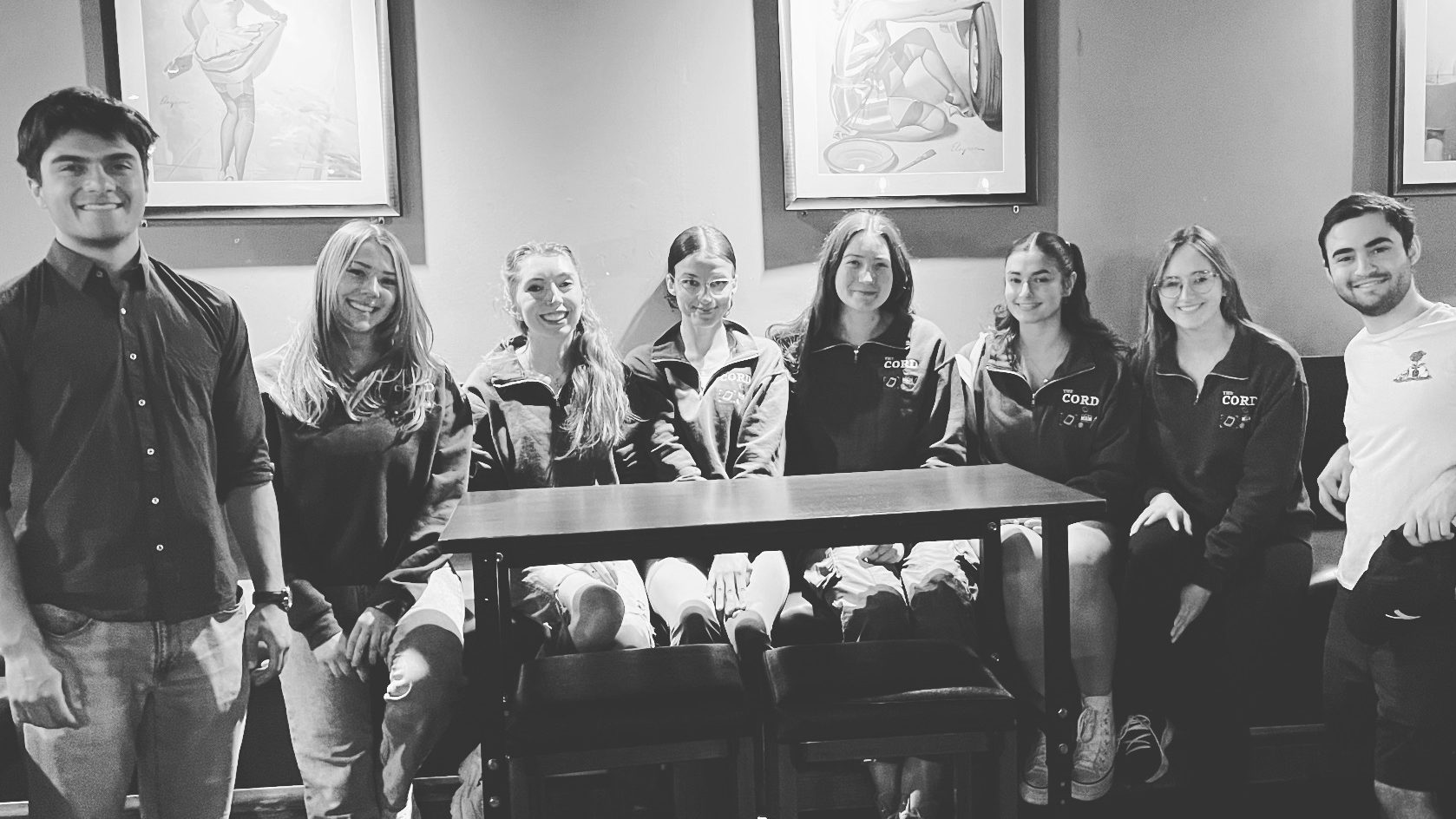
As part of Toronto’s approaching Nuit Blanche festival taking place on Sept. 30, Wilfrid Laurier University’s Toronto campus is hosting an interactive art performance called the Nature Deficit Disorder Clinic.
The installation goes along with Nuit Blanche’s overarching theme this year of “Many Possible Futures.”
“It’s a futuristic installation that is set in the year 2067 and it’s an invitation to visitors to sort of contemplate what might happen if climate change eliminates or changes our access to nature and how we access nature currently,” Carolyn Hawthorn, university relations manager for Laurier Toronto, said.
The performance essentially invites attending guests to be patients in the clinic. While in the clinic, they will get to experience a combination of visuals, lighting and sound elements that bring the entirety of the futuristic plot together.
The team who created, proposed and completed the Nature Deficit Disorder Clinic includes a team of four “futurists,” Bergur Ebbi, Nourhan Hegazy, Prateeksha Singh and Laurier alumna Jennifer McDougall.
The Nature Deficit Disorder Clinic, however, is not the first project that the group has collaborated on.
The team has previously worked on a project, NaturePod, where they created a portable wellness unit in order to stimulate a comparison between humans and nature in an urban environment.
“I’ve been really warmed by the reception that the Laurier community has given this installation. To see people coming together to share their thoughts, we have a great panel of individuals who are sharing their thoughts with us as well.”
“I think that art is such a wonderful tool to stimulate conversation and hopefully invoke action,” Hawthorn said.
Overall, Nuit Blanche works to invite the members of the community, in this case the Greater Toronto community, to experience art collectively.
Specifically, interactive installations at Nuit Blanche aim to stimulate unique and different thoughts surrounding the theme.
“I think [presenting the performance in] an interactive way is very special; to be a part of that is very special, especially with a topic like Many Possible Futures,” Hawthorn said.
As for The Nature Deficit Disorder Clinic, in specific, Hawthorn hopes that the installation brings forth stimulating, though-provoking conversation for all who attend.
“I hope the themes of those conversations [surround] what would be a possible future for some in regards to climate change and our relationship with the environment, but also what a current reality is for other communities,” Hawthorn said.
“I think that’s a big conversation that is already being had and I think that’s the kind of conversation that will continue after people experience this installation.”
Hawthorn also noted the positive feedback and support from not only the Laurier Toronto campus, but also the Waterloo and Brantford campuses who have shown interest in sharing and experiencing the event.
“I’ve been really warmed by the reception that the Laurier community has given this installation. To see people coming together to share their thoughts, we have a great panel of individuals who are sharing their thoughts with us as well,” Hawthorn said.
“I believe that this has been such a positive event that’s been shared cross-campus … it’s been really heartening to see everyone coming together to share this with us.”








Leave a Reply
You must be logged in to post a comment.